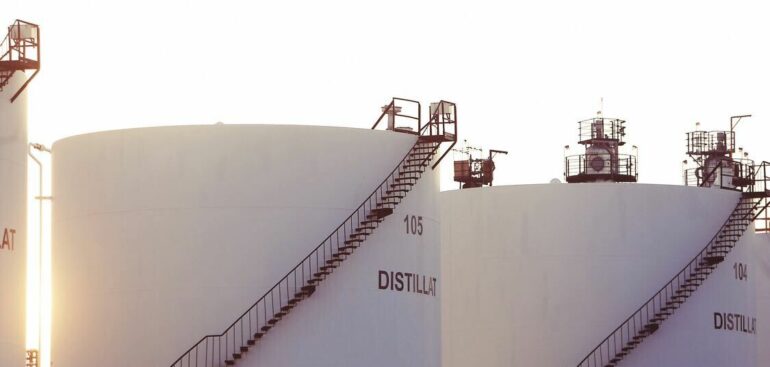Latest
The Slow, Painful Post-COVID Oil Price Recovery
An interesting argument was inspired by popular energy analyst and engineer David Ramsden-Wood, who I credit with initially addressing this concept. Kudos!
The Data
| Global Oil storage capacity | 5.7 billion barrels |
| Estimated Current Oil Inventory (end of April) | 4.5 billion barrels |
| Global Crude Oil Inventory (March 13,2020) | 3.7 billion barrels |
To get supply levels back to the original paradigm and regain the years of global crude oil demand growth before the coronavirus pandemic, the world would have to sell barrels of oil out of storage, especially if storage filled to capacity (which is becoming more and more likely at this point).
For instance, let’s say the world sold 2 million barrels of oil per day out of storage to reduce the oversupply by 1 billion barrels (i.e. the approximate supply build estimated for April and May). The logic here is that when the world was oversupplied by 3 million barrels per day due to the initial outbreak of COVID-19 in China, oil prices dropped $12 per barrel. Therefore, being oversupplied by 2 million barrels per day (being sold out of storage) should theoretically reduce the price of oil by approximately $8 per barrel and so on. The results of this approach are summarized below.
| Storage Sales Quota Example | 1.0 billion barrels |
| Storage Sales Rate | 2 million barrels per day |
| Expected Reduction in Oil Price | $8 / barrel |
| Duration | 500 days (about a year and a half) |
Similarly, if the world sold 3 million barrels per day out of storage, oil prices would drop by $12 per barrel for just under 1 year. Note that it is seemingly unlikely that much more than 3 million barrels per day would be sold out of storage as it puts significant pressure on even the most efficient operators in terms of breakeven prices and selling enough volume to maintain cash flow. This was evidenced by the market sentiment and noticeable financial pain felt by US shale operators in the initial stages of the coronavirus outbreak. In addition, US E&Ps are obligated to honor contracts totaling approximately $120 billion in aggregate debt maturing in the next 5 years.
By evaluating storage numbers and the effects on oil prices, E&Ps, oilfield services, and oilfield product suppliers can make more intelligent forecasts of the future market landscape. How the post-coronavirus oil supply and oil pricing scenario will take form is uncertain, but it appears there is no alternative that isn’t slow and painful. The question is, how slow and how painful?


